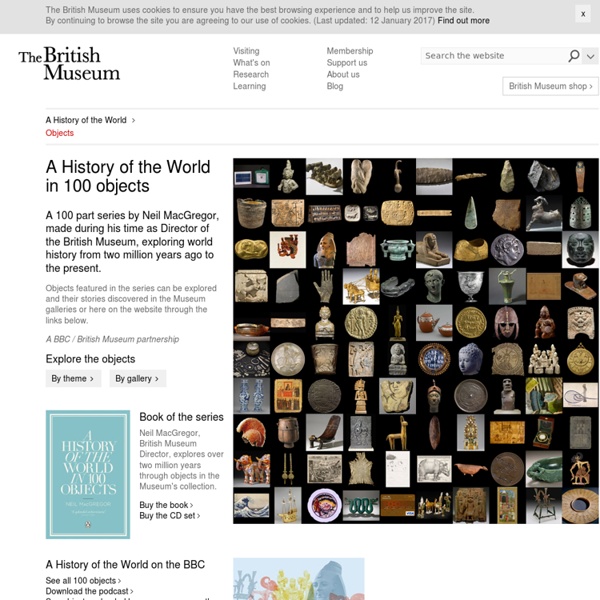



Wading Through the Web: Teaching Internet Research Strategies ReadWriteThink couldn't publish all of this great content without literacy experts to write and review for us. If you've got lessons plans, videos, activities, or other ideas you'd like to contribute, we'd love to hear from you. More Find the latest in professional publications, learn new techniques and strategies, and find out how you can connect with other literacy professionals. More Teacher Resources by Grade Your students can save their work with Student Interactives. More Home › Classroom Resources › Lesson Plans Lesson Plan Overview Featured Resources From Theory to Practice Because the Internet contains a vast amount of information from reliable and unreliable sources, wading through all the material could prove to be overwhelming for students. back to top Internet Citation Organizer: Students can use this handout to help them organize the bibliographic data of sources they find on the Internet. Wepner, S., Valmont, W.J., & Thurlow, R.
The Scientist and the Anarchist - Part III The latest stop in the #PDEx tour is being hosted by Deborah Blum at her website Speakeasy Science. When an estimated 1,400 match-girls went on strike in July, 1888 to protest for better working conditions, it started a fire that became known as New Unionism. Soon after came the London dock workers’ strike, and within twelve months the UK’s Trade Union Congress had increased its membership from 670,000 to 1,593,000. [1] For Thomas Henry Huxley and Peter Kropotkin these labor developments were interpreted very differently, and yet both saw in them important connections with their work in evolutionary biology. Read the rest of the post here (also Part I and Part II) and stay tuned for next week's post at Anthropology in Practice. Peter Kropotkin (1902).
How Can Teachers Prepare Kids for a Connected World? Educators are always striving to find ways to make curriculum relevant in students’ everyday lives. More and more teachers are using social media around lessons, allowing students to use their cell phones to do research and participate in class, and developing their curriculum around projects to ground learning around an activity. These strategies are all part of a larger goal to help students connect to social and cultural spaces. And it’s part of what defines “participatory learning,” coined by University of Southern California Annenberg Professor Henry Jenkins, who published his first article on the topic “Confronting the Challenges of Participatory Culture,” in 2006. His work sprang out of the desire to understand the grassroots nature of creativity, how projects are being shared online and what an increasingly networked culture looks like. “PLAY describes a mode of experimentation, of testing materials, trying out new solutions, exploring new horizons,” Jenkins said. Related
Historians Admit To Inventing Ancient Greeks WASHINGTON—A group of leading historians held a press conference Monday at the National Geographic Society to announce they had "entirely fabricated" ancient Greece, a culture long thought to be the intellectual basis of Western civilization. The group acknowledged that the idea of a sophisticated, flourishing society existing in Greece more than two millennia ago was a complete fiction created by a team of some two dozen historians, anthropologists, and classicists who worked nonstop between 1971 and 1974 to forge "Greek" documents and artifacts. "Honestly, we never meant for things to go this far," said Professor Gene Haddlebury, who has offered to resign his position as chair of Hellenic Studies at Georgetown University. Just one of the "ancient" artifacts dreamed up in a basement in Somerville, MA. "Way more stuff than any one civilization could have come up with, obviously," he added. Within hours the greatest and most influential civilization of all time was born. "Geometry?
Socrative Teacher Age Restrictions. You may only use the Site and Services if you are: (i) at least 13 years of age; or (ii) if you are under 13 years of age, with the consent of your teacher or a legal parent or guardian. By using the Site and Services, you hereby represent and warrant that you are at least 13 years of age or, if you are under 13 years of age, that you have the consent of your teacher, legal parent, or guardian to use the Site and Services. Verification of Identity. You acknowledge that we may choose, but are not obligated, to make any inquiries, either directly or through third parties, that we deem necessary to validate any user’s registration information, including without limitation engaging third parties to provide identity or other verification services. Teachers and Educators. If you are a teacher or educator, and will use the Socrative Services as an education tool, please read this section carefully. Changes. General Use. Mobile Applications. Registering to Use the Site and Services.
A History of the World - List of Objects Humanities (Online) - Middle Years Programme - IB Store MYP Taskbank: Humanities (Online) is a fully searchable database of approximately 400 MYP Humanities tasks together with additional resources, assessment tools and teacher notes. The extended writing tasks, test questions and assignment tasks in this Taskbank are aligned to MYP: Humanities guide (2012) and are suitable for students in all years of the MYP. Search for tasks using a powerful filtering systemEdit any task online and save to a personalized libraryCreate new tasks and attach criterion tables at the click of a buttonAdd video/audio/high resolution images to any taskPrint tasks directly from the web browser for students Payment for this product is by annual school subscription. If you are purchasing for multiple schools please enter the number of schools you are purchasing for in the quantity box. You can find help videos by following this link:
London labour and the London poor : the condition and earnings of those that will work, cannot work, and will not work : Mayhew, Henry, 1812-1887 Fastest Way to Create Comic Strips and Cartoons - Toondoo IB Revision Courses in Europe by UC Academy